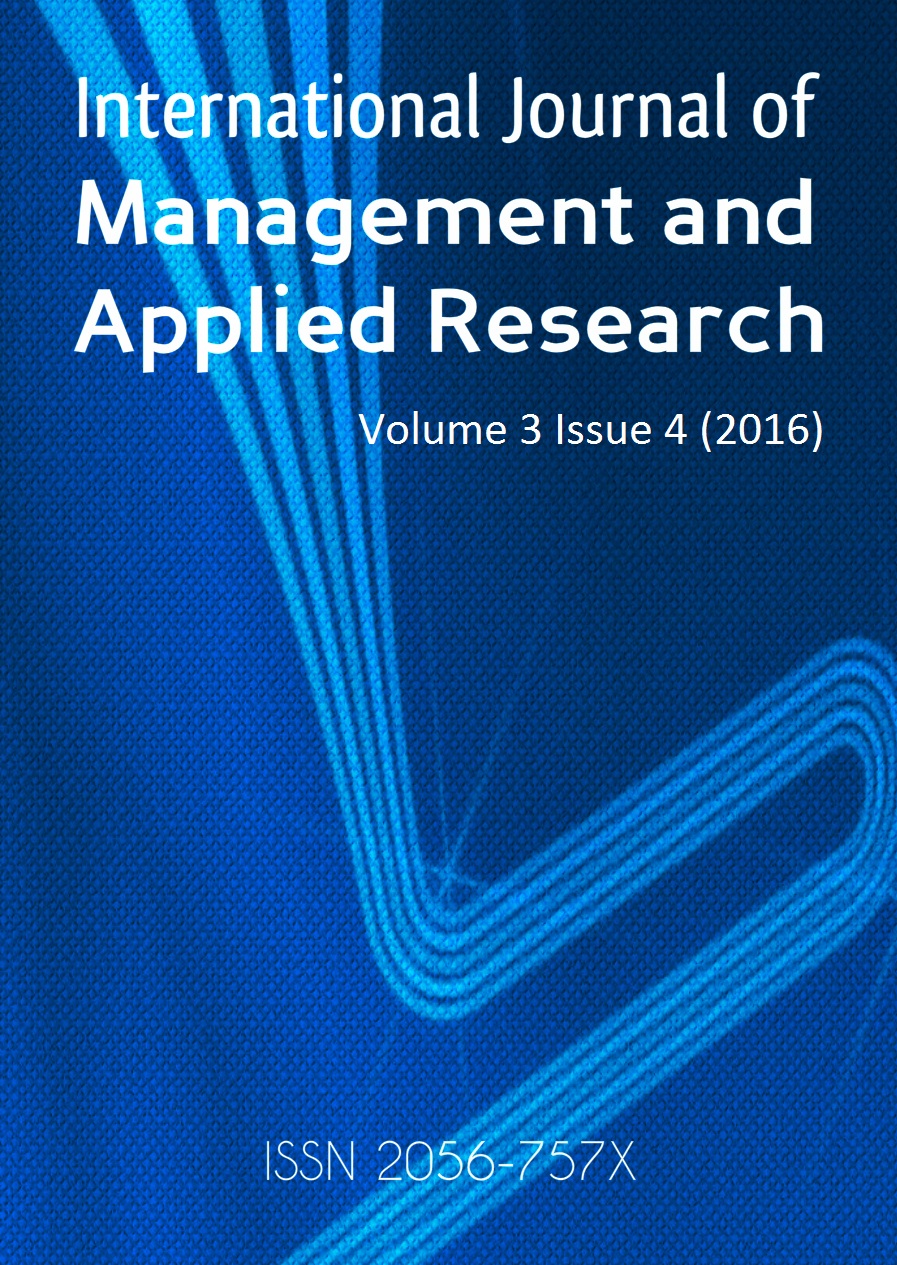From Competitive Advantage to Cross-Country Dynamic Synergy
From Competitive Advantage to Cross-Country Dynamic Synergy
Author(s): M S S El NamakiSubject(s): Supranational / Global Economy, Business Economy / Management, Globalization
Published by: New Millennium Discoveries Ltd
Keywords: Dynamic Synergy; Strategic Management; Transient Competitive Advantage; Globalisation;
Summary/Abstract: The prominence driven home by Porter’s gospel or the argument that the ultimate purpose of strategic thinking is achieving long term sustainable competitive advantage within a well-defined industry (Porter 1979), is being challenged and refuted. Competitive advantage is transient, not sustainable (McGrath, 2013). Deeply ingrained structures and systems designed to extract maximum value from a competitive advantage become a liability when the environment requires an agile competence compatible with the rapidly changing opportunity, and threat, landscape. And competitive advantage could relate to yesterday’s industries not today’s emerging arenas. The need is there for a novel conceptual and operational framework compatible with the transience of advantage and contemporary turbulence of outlook. The following article addresses this need. The article starts with an analysis of the competitive advantage concept and triggers of decay. This is followed by an introduction of a possible substitute: the dynamic synergy analysis, which is an analysis that follows term driving forces among nations and derives synergies and consequent strategies. Case illustrations are then explored in order to demonstrate applicability of the concept. China and Russia were taken as case illustrations. The article has conceptual an operational benefit. It provides a novel approach to the issue of strategic behaviour under conditions of rapid business and technology change. And it complements the concept with an operational model leading to specific modes of this strategic behaviour.
Journal: International Journal of Management and Applied Research
- Issue Year: 3/2016
- Issue No: 4
- Page Range: 184-191
- Page Count: 8
- Language: English

